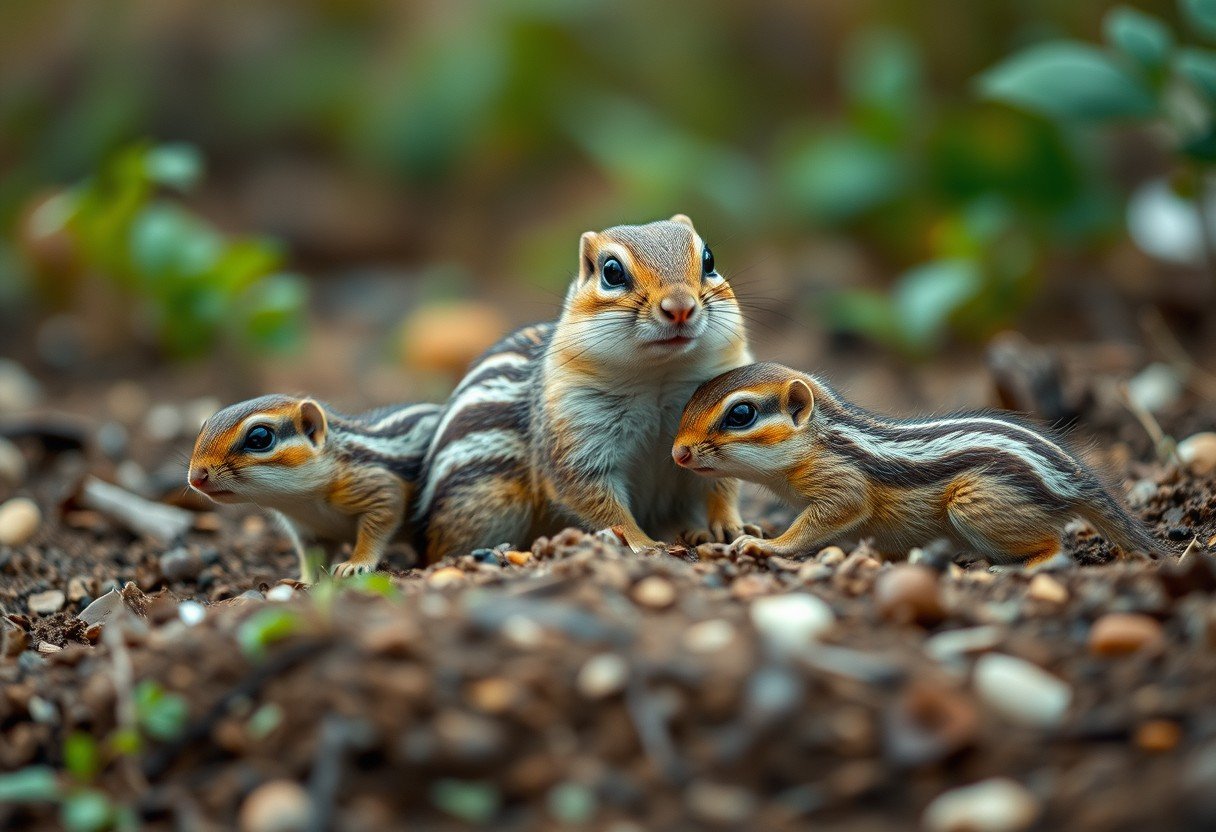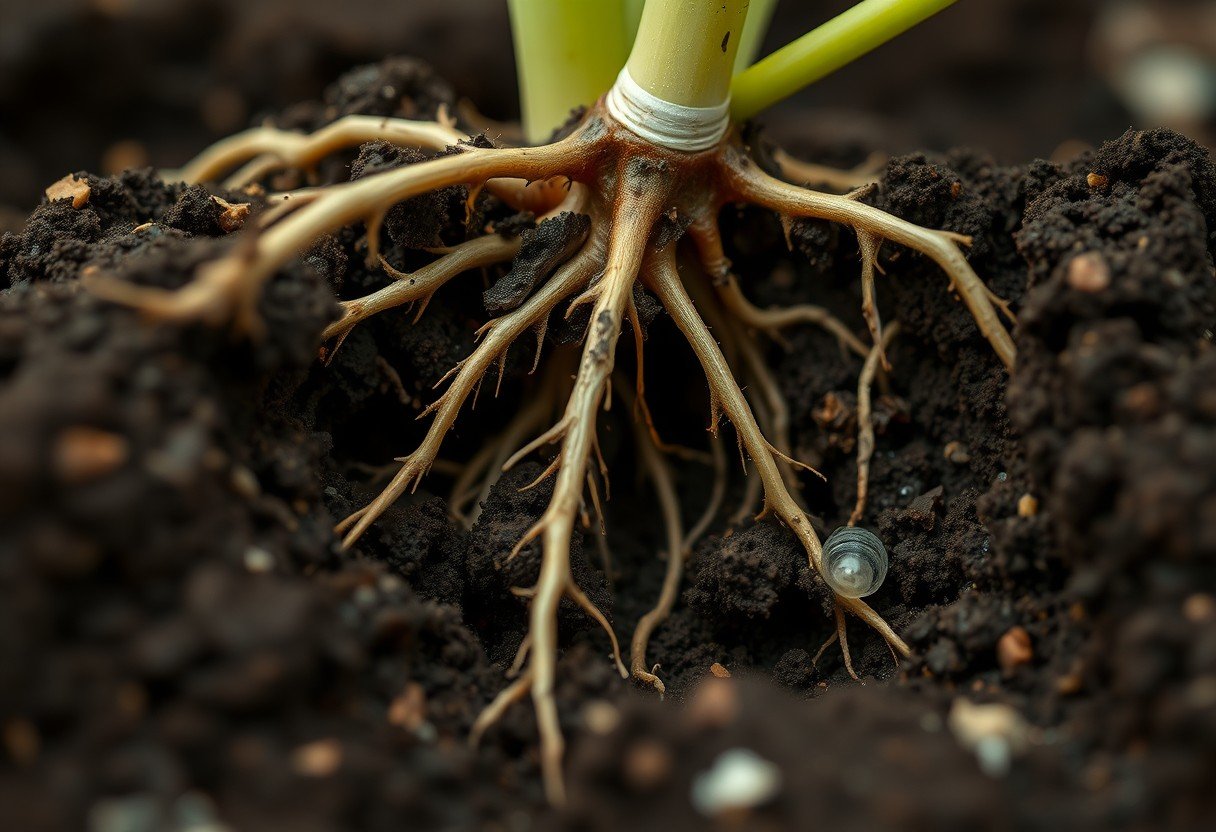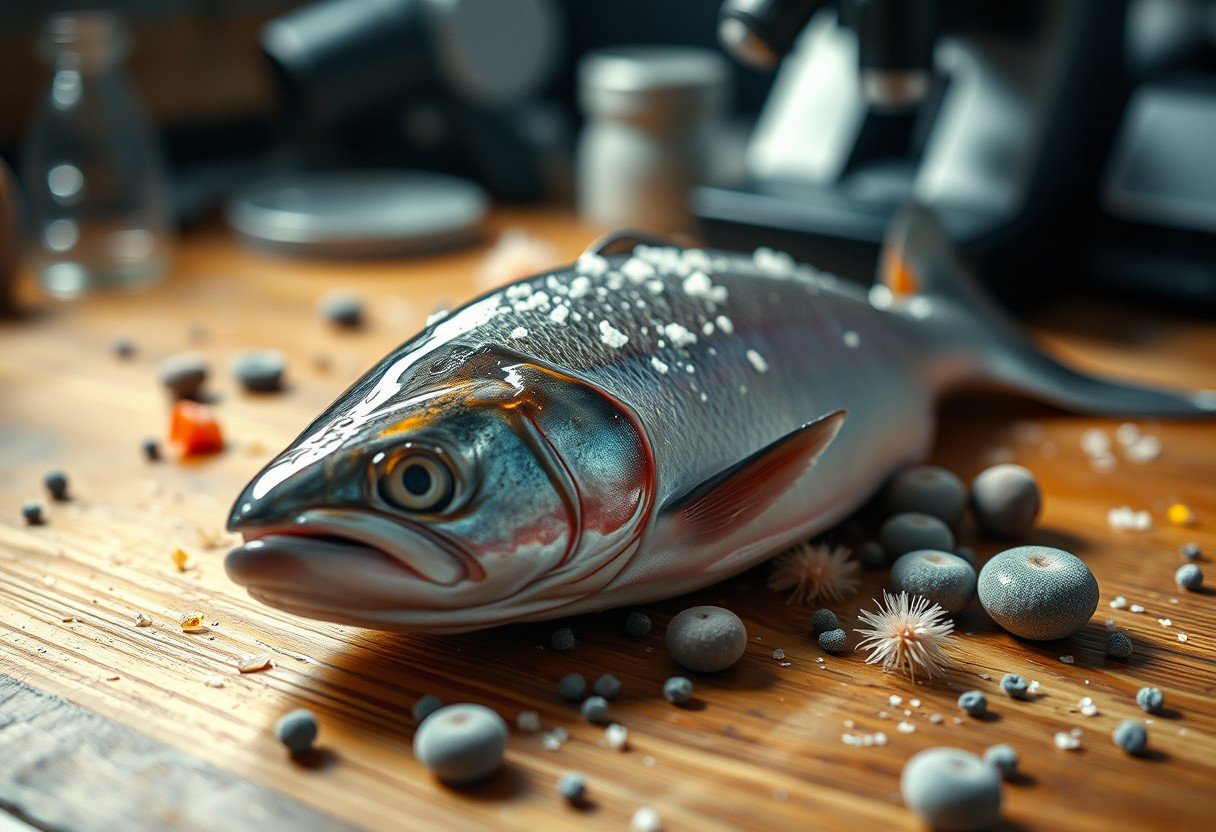Female ground squirrels that are 3-4 years old typically produce one litter per year with an average of 4 to 7 offspring. This number can change depending on factors like food availability, habitat quality, and the squirrel’s overall health. Understanding their reproductive rate is key to learning about their population dynamics and their role in the local ecosystem.
When do Female Ground Squirrels Start Reproducing?
Female ground squirrels reach sexual maturity quite early in their lives, usually between one and two years of age. Once they are mature, they can actively participate in the breeding cycle and contribute to the next generation.
While they can reproduce at a young age, their first litters are often smaller. Females aged 3-4 are considered to be in their prime reproductive years. At this stage, they have more experience and are physically better prepared to support larger and healthier litters.
Before mating, ground squirrels engage in specific courtship rituals. These behaviors can include unique vocalizations, physical displays, and scent-marking to signal their readiness to potential mates. These rituals are vital for ensuring genetic diversity and the continuation of the species.
What Factors Affect the Number of Offspring?
The reproductive success of a female ground squirrel is not just a matter of age. Several external and internal factors play a crucial role in determining how many pups she will have in a given season. A combination of these elements dictates the final litter size.
Some of the most significant influences include:
- Environmental Conditions: The quality of the habitat, availability of food, and local climate have a direct impact.
- Health and Nutrition: A female’s physical condition and diet are critical for a successful pregnancy.
- Genetic Factors: Inherited traits can influence fertility and litter size.
- Social Structure: The dynamics within the ground squirrel population can affect mating opportunities.
A healthy, well-nourished female in a resource-rich environment is far more likely to produce a larger litter. Conversely, a squirrel suffering from illness or living in an area with scarce food may have fewer offspring, or the pups may have a lower survival rate.
How Breeding Seasons Influence Litter Size
Ground squirrels are seasonal breeders, which means their reproductive cycles are closely tied to the time of year. They typically become sexually active in the spring when the weather gets warmer and food becomes more plentiful. This timing ensures that their young are born when conditions are most favorable for survival.
The climate plays a significant role in their reproductive success. Changes in temperature and precipitation can affect the availability of plants, seeds, and insects that make up their diet. An unusually dry or cold spring can delay breeding or reduce the number of offspring a female can successfully raise.
For instance, a drought can lead to food shortages, directly impacting a female’s ability to support her pups. Understanding these climate interactions provides insight into the challenges ground squirrels face in a changing environment.
How do Ground Squirrels Compare to Other Rodents?
When you compare the reproductive habits of ground squirrels to other rodents, you can see different strategies at play. Some rodents produce very large litters, while others, like ground squirrels, have a more moderate number of offspring. This often reflects an evolutionary trade-off between the quantity and quality of young.
Ground squirrels may have smaller litters as a survival mechanism. This strategy allows the mother to invest more time and energy into each pup, increasing their individual chances of reaching adulthood, especially in environments with high predation or limited resources.
Here is a comparison of average litter sizes for different rodent species:
| Rodent Species | Average Offspring Per Litter |
|---|---|
| Eastern Gray Squirrel | 2-4 |
| Jerboa | 3-5 |
| Norway Rat | 6-12 |
Why Offspring Survival Rates Matter
The number of pups born is only one part of the population equation. The survival rate of these young squirrels is just as important for determining the long-term growth and stability of a ground squirrel population.
Young ground squirrels face numerous threats, including predators, disease, and competition for food and territory. Even in a good year with large litters, a high mortality rate among the young can prevent the population from growing.
The overall population of ground squirrels has a noticeable effect on the surrounding ecosystem. Their burrowing activity aerates the soil, which improves its nutrient profile and helps vegetation grow. They also play a role in seed dispersal, which promotes plant diversity. Therefore, the reproductive success of female ground squirrels can be an indicator of the overall health of their habitat.
Frequently Asked Questions
Approximately how many female offspring do 3-4 year old female ground squirrels typically produce?
A 3-4 year old female ground squirrel usually has one litter of about 4-6 offspring per year. The exact number can vary based on environmental factors like food availability and the female’s health.
Do the number of offspring produced by female ground squirrels change with age?
Yes, a female’s age affects her reproductive output. Younger females often have smaller litters, while mature females in their prime (3-4 years and older) tend to produce larger litters due to their experience and physical condition.
What factors influence the number of female offspring produced by ground squirrels?
The main factors are the female’s age, overall health, and nutrition. Environmental conditions such as habitat quality, food sources, and predation levels also play a significant role in determining litter size.
At what age do female ground squirrels begin to reproduce?
Female ground squirrels typically reach sexual maturity around one year of age. However, their first litters are usually smaller than those they will have when they are older and more experienced.
Is there a difference in survival rates between male and female offspring of ground squirrels?
Survival rates can differ between sexes depending on the environment. In some populations, young males may face higher mortality rates due to intense competition for territory and mates as they mature.








Leave a Comment